GHK-CU 50mg
$49.99
GHK-Cu (Copper Tripeptide-1)
GHK-Cu is a naturally occurring copper-binding peptide known for its powerful regenerative and healing properties. It plays a crucial role in tissue remodeling, collagen synthesis, and anti-inflammatory responses. Due to its ability to promote cellular repair and rejuvenation, GHK-Cu is widely studied in dermatology, wound healing, and anti-aging research.
Description
GHK-Cu is a tripeptide composed of glycine, histidine, and lysine, which binds to copper ions (Cu²⁺), enhancing its biological activity. This peptide is naturally found in human plasma, saliva, and urine, with levels declining significantly with age. It is primarily recognized for its ability to stimulate the synthesis of collagen, elastin, and glycosaminoglycans, supporting skin and tissue regeneration. Additionally, GHK-Cu exhibits anti-inflammatory and antioxidant properties, making it a key subject in research related to aging, wound healing, and hair growth.
Key Features
- Tissue Regeneration – Stimulates fibroblast activity, promoting collagen and elastin production for enhanced skin and wound repair.
- Anti-Aging Properties – Reduces oxidative stress, improves skin elasticity, and enhances firmness, making it a popular focus in cosmetic and dermatological research.
- Hair Growth Stimulation – Encourages follicle health and hair regrowth by increasing dermal papilla cell proliferation.
- Wound Healing & Repair – Enhances keratinocyte migration and accelerates skin and tissue healing, beneficial for research in chronic wound management.
- Anti-Inflammatory Effects – Modulates inflammatory responses, helping to reduce excessive scarring and improve tissue healing outcomes.
- Antioxidant Activity – Protects against environmental damage and free radicals, supporting cellular longevity.
Research Focus
- Skin Rejuvenation – Investigating its role in anti-aging skincare and improving skin elasticity.
- Wound Healing – Studying its applications in chronic wound treatment, scar reduction, and tissue repair.
- Hair Regrowth – Exploring its potential in hair loss treatments and follicle regeneration.
- Inflammation Control – Assessing its effects on reducing oxidative damage and inflammation-related conditions.
Safety and Usage
GHK-Cu is intended for research purposes only and is not approved for human consumption. It must be handled with care in controlled laboratory environments. Researchers should adhere to all safety guidelines to prevent unintended interactions or side effects.

Description
GHK-Cu Peptide (Copper Tripeptide-1)
GHK-Cu, also known as Copper Tripeptide-1, is a naturally occurring copper-binding peptide composed of glycine, histidine, and lysine. This tripeptide forms a stable complex with copper ions (Cu²⁺) and has been studied extensively for its potential regenerative and signaling roles in biological systems. GHK-Cu is endogenously present in human plasma, saliva, and urine, with concentrations that decrease significantly with age—prompting interest in its role in tissue repair, anti-inflammatory signaling, and gene modulation.
GHK-Cu has been evaluated in experimental models for its ability to stimulate wound healing, angiogenesis, skin remodeling, and hair follicle proliferation. Research also suggests that it may act as a molecular switch for hundreds of genes related to tissue regeneration, antioxidant defense, and anti-fibrotic activity.
Chemical Makeup
-
Chemical Name: Glycyl-L-histidyl-L-lysine-Cu²⁺
-
Molecular Formula: C14H24N6O4Cu
-
Molecular Weight: 403.96 g/mol
-
Sequence: Gly-His-Lys (complexed with Copper II)
-
Solubility: Water-soluble; stable in aqueous solutions
-
Form: Lyophilized powder or topical solution (for research)
Research & Preclinical Investigations
GHK-Cu and Wound Healing
In rodent and in vitro tissue models, GHK-Cu has shown potential to enhance re-epithelialization, increase collagen synthesis, and stimulate fibroblast proliferation. The peptide-copper complex may modulate the expression of matrix metalloproteinases (MMPs), promoting extracellular matrix remodeling critical to tissue regeneration.
Gene Expression and Anti-Aging Effects
Microarray studies in fibroblast cultures exposed to GHK-Cu revealed the modulation of over 4,000 human genes. Research suggests that GHK-Cu may suppress pro-inflammatory genes (e.g., TNF-α, IL-6) while upregulating repair and antioxidant genes, including those associated with superoxide dismutase (SOD) and DNA repair enzymes. These actions have attracted interest in aging and dermatological research.
Hair Follicle and Skin Cell Proliferation
GHK-Cu has been studied for its ability to increase dermal papilla cell viability and promote the anagen phase of the hair cycle in experimental scalp models. This peptide may also stimulate keratinocyte and dermal fibroblast proliferation, suggesting potential for use in regenerative dermatology and aesthetic research.
Anti-Inflammatory and Antioxidant Pathways
In animal models of oxidative damage and UV exposure, GHK-Cu appears to reduce lipid peroxidation, lower inflammatory cytokines, and protect DNA from fragmentation. These findings support its proposed role in cytoprotection and anti-aging applications in experimental settings.
Research Use Only
GHK-Cu is offered strictly for in vitro and in vivo laboratory research purposes. It is not intended for human use, therapeutic applications, or diagnostic procedures. Proper handling under institutional biosafety guidelines is required.
References
-
Pickart L, Margolina A. Regenerative and protective actions of the GHK-Cu peptide in the light of the new gene data. Int J Mol Sci. 2018;19(7):1987.
-
Maquart FX, Bellon G, Gillery P, et al. Stimulation of collagen synthesis in fibroblast cultures by the tripeptide-copper complex GHK-Cu. FEBS Lett. 1988;238(2):343–346.
-
Pickart L, Freedman JH, Loker WJ, et al. The human tri-peptide GHK and tissue remodeling. J Biomater Sci Polym Ed. 2015;26(6):304–315.
-
Abbas S, Schürer NY. Effects of copper tripeptide on skin: a systematic review. Dermatol Ther. 2020;33(6):e13701.

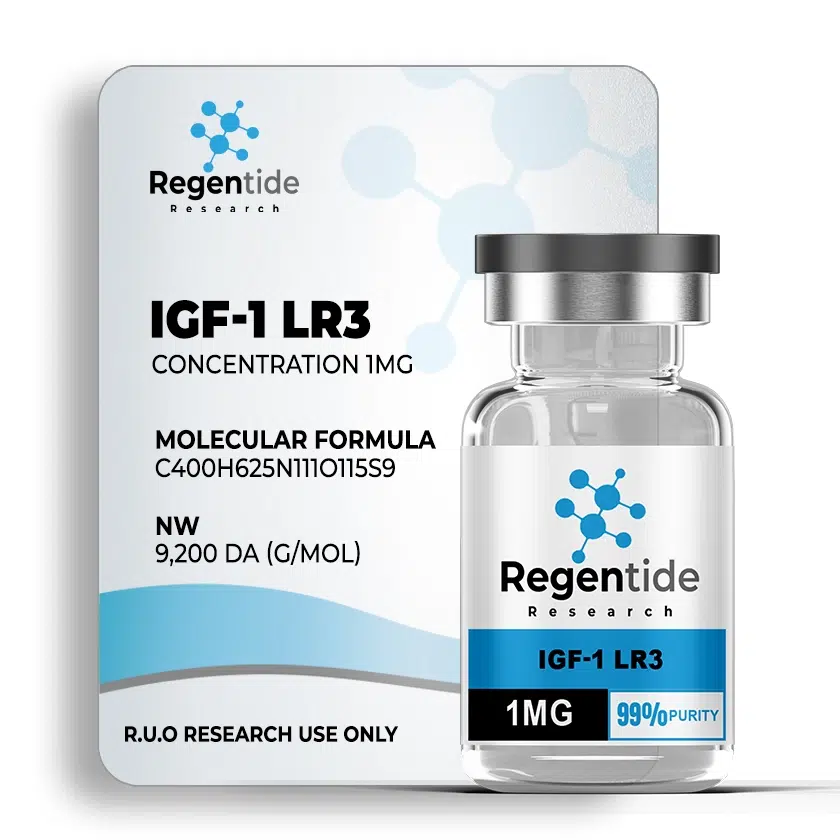
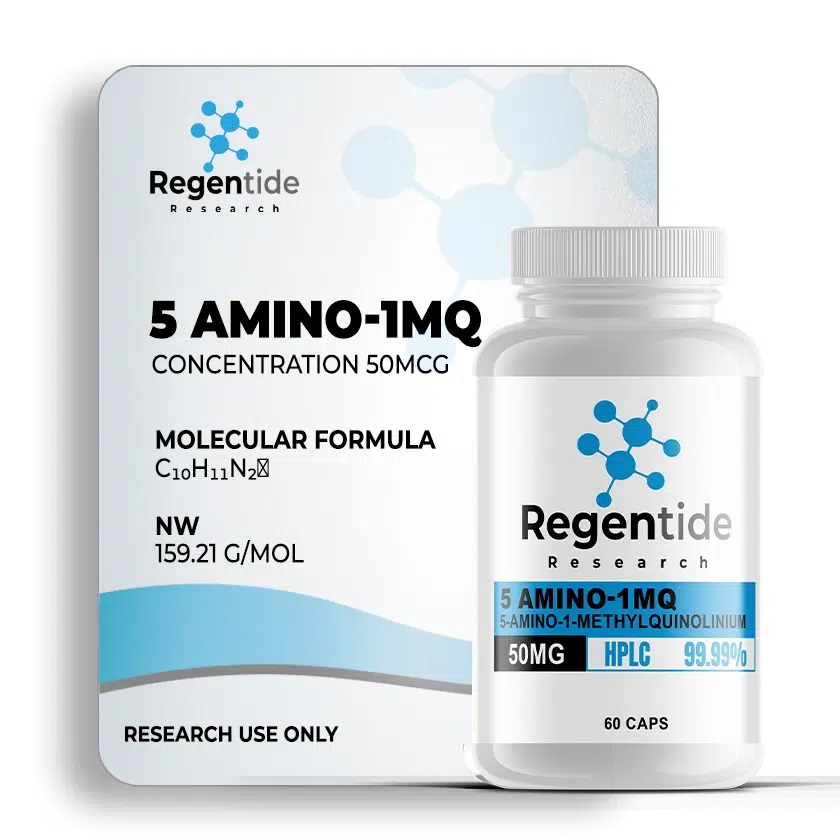
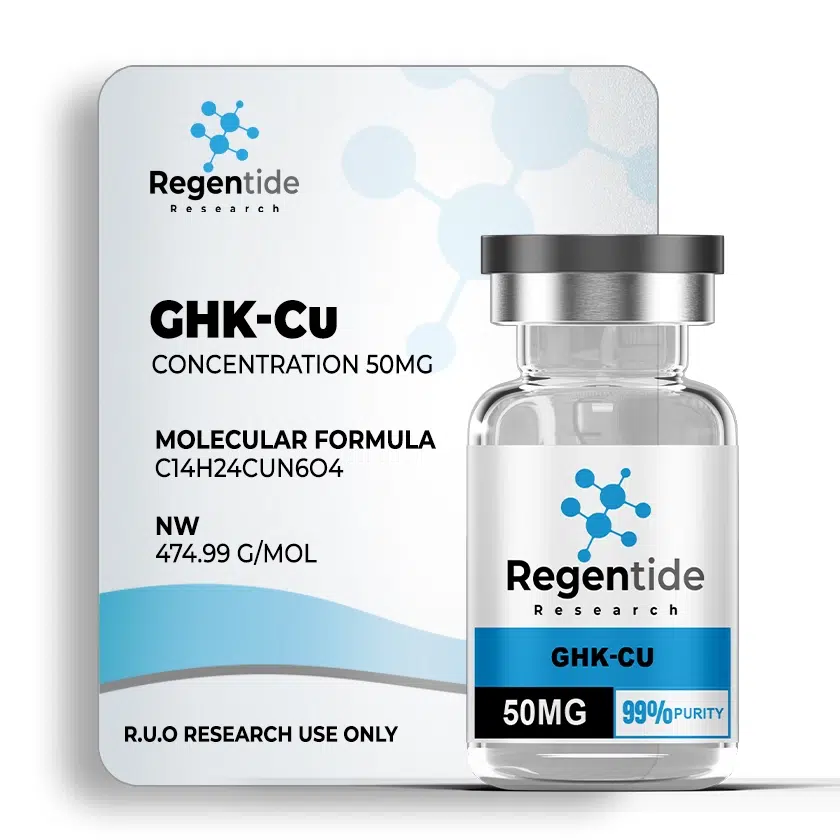
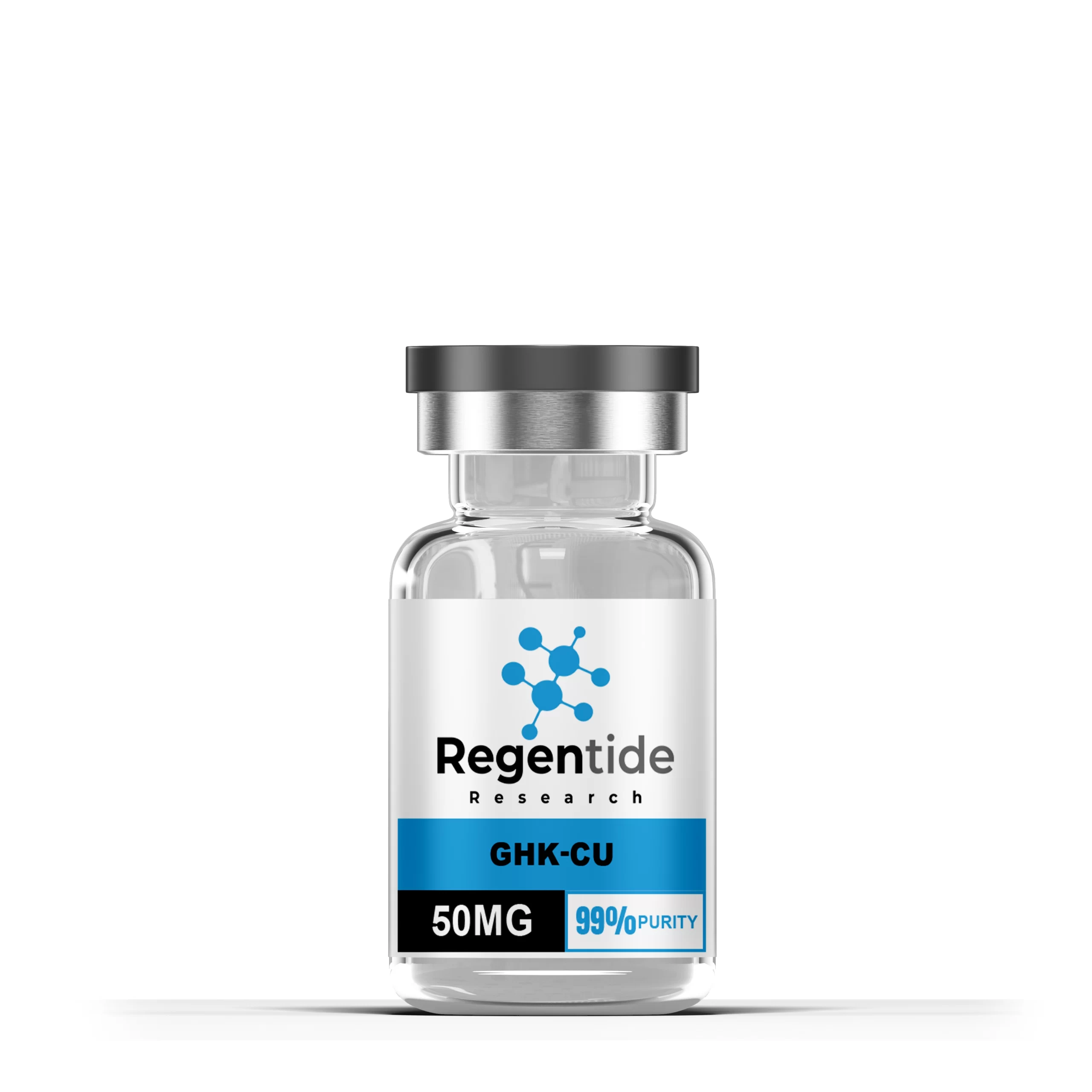
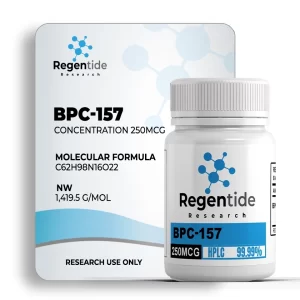
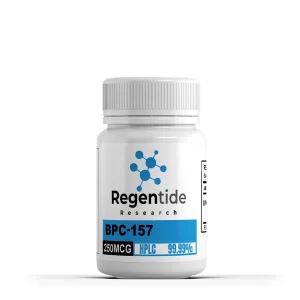
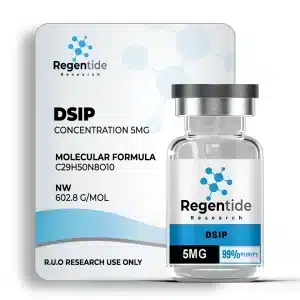
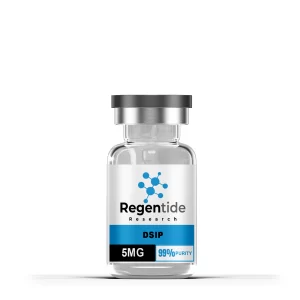
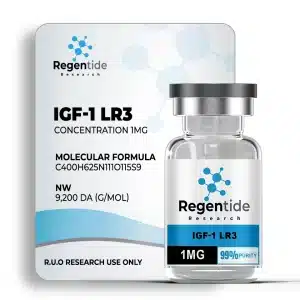
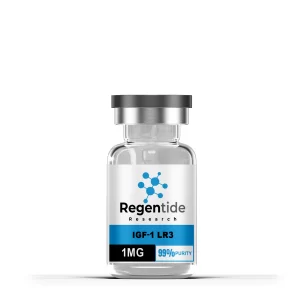
Reviews
There are no reviews yet.